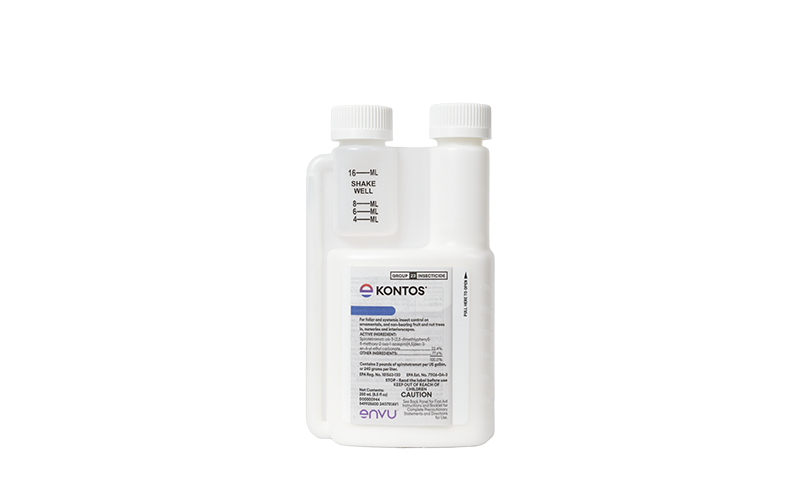The Problem
Scale insects including mealybugs are all members of the Homoptera order. Scale insects come in several forms including soft scales (Coccidae), armored scales (Diaspididae) and mealybugs (Pseudococcidae). These insects are notorious for attacking all types of ornamental plants, and when not controlled, can move across the country on plant material. It’s critical for growers to realize that accepting new plant material always carries the risk for introducing mealybugs. Neither season nor location matter, as most of these pests are capable of surviving for several weeks even without a host. Thus, if the plants survive the trip it’s highly likely the mealybugs will too.
What To Look For
Most growers admit that mealybugs are difficult to detect and even more difficult to control. Once the young crawler stage becomes established on the plant, they may no longer move, or move so slowly that they appear dead or may even be confused as part of the plant. Mealybugs are often located in hard-to-see areas such as roots, lower stems below the canopy, or on the underside of leaves or branches where they remain hidden in the nooks and crannies. Thus, light mealybug infestations can easily be overlooked, allowing the population to build to damaging levels before detection is finally made. Mealybugs feed by inserting mouthparts into plant tissue and sucking out sap. There may be no symptoms when just a few individuals are present, but larger populations can cause stunting and chlorosis. Leaves may develop yellow spots; branches often die back; and sometimes plants completely defoliate. An obvious symptom of mealybug presence is the formation of black sooty mold (from the excretion of honeydew) on leaves below the infestation.
Most mealybugs have a protective covering composed of waxy secretions that form a dense mat of wax filaments or fuzz, which makes them difficult to control with pesticides that work on contact. Common examples include the longtailed mealybug (Pseudococcus longispinus) with characteristically long waxy filaments that protrude from the end of the abdomen, and the obscure mealybug (Pseudococcus viburni), which also has waxy filaments much shorter in comparison to the longtailed mealybug. The most common is the citrus mealybug (Planococcus citri) which lacks any waxy filaments and has a gray stripe that extends the length of the body. Citrus mealybug can lay up to 500 eggs contained in irregular cottony masses.
Another type of mealybug are Rhizoecus species that are among the most difficult to control because they attack and feed on roots. These mealybugs typically appear powdery and white as the nymphs are covered by a white waxy material. High populations of these mealybugs feeding on roots cause plants to turn yellow and stunted. Plants infested with root mealybugs serve as a source for further spread as these mealybugs easily move with water, leaching through drain holes and then crawling into adjacent potted plants becoming further established on the roots. Other mealybugs more recently introduced into ornamental production within the US include the Mexican mealybug (Phenacoccus gossypii), the Madeira mealybug (Phenacoccus madeirensis) and the pink hibiscus mealybug (Maconellicoccus hirsutus).
The Solution
Mealybugs are excellent opportunists and are more likely to become an issue on stressed plants. This is especially true when plants are relocated via shipping or transplanted into a landscape. It is inevitable that these plants will endure some stress and if any mealybugs are already present on the host plants or in the new location, the population is likely to flourish on the weakened host. This emphasizes the importance of early and routine scouting of plants for mealybugs, especially on vegetatively propagated plants. Some of the most common hosts include coleus, plectranthus ‘mona lavender’, mint, rosemary, ruellia, sedum, crassula, portulacaria, crotons and other tropical and subtropical plants including succulents, orchids, palms, hibiscus, mandevilla, gardenia and ferns. Highly susceptible plants should be monitored closely. When it comes to effective control, early detection followed by isolation of infested plants is crucial. Evidence of mealybugs requires immediate treatment with an effective insecticide to minimize further damage and eliminate the potential for spread to healthy plants. For optimum control, insecticides should be applied preventatively. This is especially true for systemic products where the active ingredient needs time to move within the plant to active feeding sites. It’s always important to positively identify all insect pests, including mealybugs, especially when using biological controls as there are some mealybug parasitoids that are species specific.
| Solution sheet - Mealybugs |


